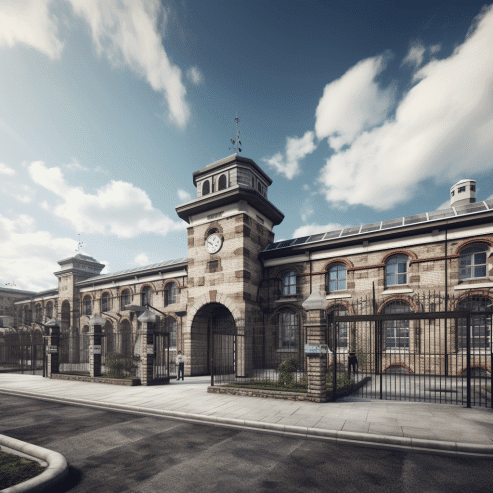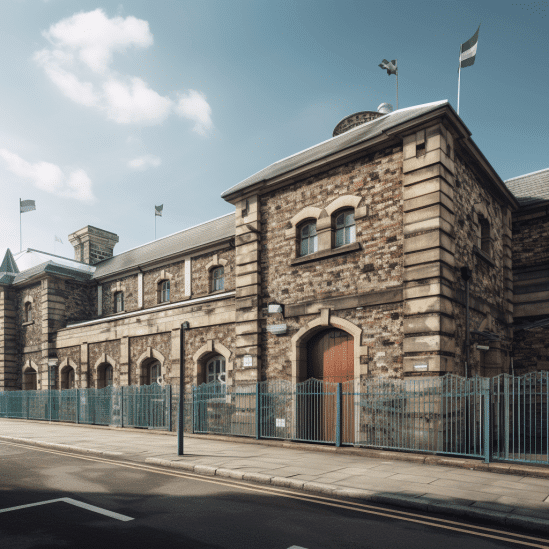Prison Categories UK
Prisoners in the United Kingdom are categorized into different security levels based on the potential risk they pose to the public or national security. This categorization helps authorities allocate prisoners to appropriate facilities with the appropriate security measures. The UK’s prison system is managed by Her Majesty’s Prison and Probation Service (HMPPS), a department responsible for ensuring safe and secure custody while prisoners serve their sentences.
Prisoner Categories and Their Purposes
Category A: Category A prisoners are considered the most dangerous and pose the highest risk to the public, police, or national security if they were to escape. These prisoners are involved in serious organized crime or are deemed a threat to national security. Category A prisons are designed with maximum security measures to prevent escape.
Category B: Prisoners in Category B are not as high-risk as Category A inmates, but they still require a higher level of security. The focus in Category B prisons is to make escape challenging and to ensure public safety.
Category C: Category C prisoners are considered low-risk but cannot be trusted in open conditions. They are less likely to make determined escape attempts, and their facilities have measures to minimize the potential for escape.
Category D: Prisoners in Category D are the lowest risk to the public and can be trusted in open conditions. These prisoners may be eligible for parole or are serving the final stages of their sentence.
UK prison categories
Scotland’s Prisoner Categories
In Scotland, prisoners are categorized under high supervision, medium supervision, or low supervision:
High Supervision: Prisoners under high supervision require authorized, supervised, and monitored activities and movements by officers.
Medium Supervision: Medium supervision prisoners have limited supervision and restrictions on their activities and movements.
Low Supervision: Low supervision prisoners have minimal supervision and restrictions, and they may be allowed to participate in community activities under supervision or unsupervised.
Categorization Review and Appeals
Prisoners’ security categories are reviewed periodically to assess their risk level. The frequency of these reviews varies based on the length of the sentence. In England and Wales, Category B and C prisoners with sentences of 12 months to 4 years have reviews every six months. Category B and C prisoners with sentences of 4 years or more have annual reviews, and Category A prisoners have their first review after two years.
In Scotland, the governor conducts a formal review within six months of a prisoner’s arrival and must review their category at least once every 12 months.

Prison UK Categories
Prisoners who are dissatisfied with their re-categorization results can pursue complaints through the prison complaints system. In some cases, a decision can be challenged through a judicial review if it’s deemed unlawful or not following the correct procedure.
Female and young prisoners are not typically categorized unless they are deemed Category A. Instead, they are classified as suitable for open or closed conditions.
Conclusion
The categorization of prisoners in the UK plays a vital role in ensuring public safety, appropriate facility allocation, and prisoner rehabilitation. Each category represents a different level of risk, and the prison system’s careful management aims to balance security with the objective of helping prisoners reintegrate into society successfully. The UK’s well-structured prison system managed by HMPPS stands as an essential component of the country’s justice system, providing secure and efficient custodial services for diverse prisoners.




